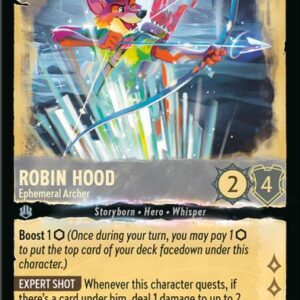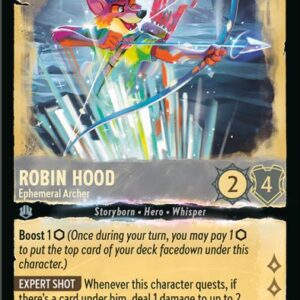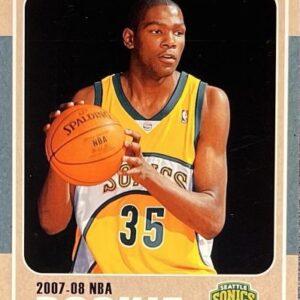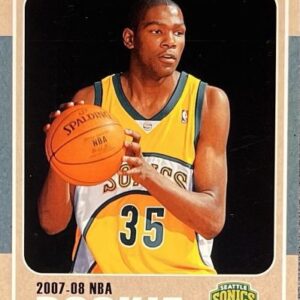In an era where nostalgia-fueled hobbies reign supreme, the Pokémon Trading Card Game (TCG) has exploded back into popularity with a vigor reminiscent of Pikachu after a Thunderbolt attack. Yet, as the craze intensifies, enthusiasts and economic prophets alike are starting to wonder if this modern trading card frenzy is on the brink of bursting. Picture any recent Friday—your local big-box store has a line snaking out of the door, teeming with eager collectors and opportunistic scalpers vying for a restock. What sparked as a wave of childhood nostalgia has grown into a buying spree akin to the fever dream of the 90s sports card bubble. So, how long can the Pokémon TCG mania sustain itself before it reaches a point of no return?
The scene every Friday has morphed into something out of The Hunger Games—only instead of wielding bows and arrows, participants clutch wallets and credit cards. The buzz centers around restock days, which transform store aisles into veritable battle zones. Combatants include: die-hard collectors hoping to expand personal collections, and scalpers, who, much like NPCs in video games, appear more interested in virtual monetary rewards than the quest itself. These profiteers often lack any connection to the franchise’s fantasy world, except the dream of making a fast profit. Many leverage credit to sweep shelves of fresh Pokémon products, investing heavily in sealed boxes and tins with the hope their investments appreciate like digital Gold Nuggets.
This speculative splurge, however, creates a barrier for the casual, younger collectors—those who actually want to, you know, play the game or admire the artwork. The incessant hoarding results in bare shelves merely moments post-restock and products resurfacing online at extortionate marked-up prices. This vicious cycle, fueled by supply constraints and increased demand, edges dangerously close to a tipping point.
The Pokémon Company, ever attentive to demand, has responded by cranking up the printing presses like an overworked factory in a Dickensian novel. Once-coveted sets, like the narrative-galore “Evolving Skies” and “Crown Zenith,” are now no strangers to flooded markets. Take the infamous “Van Gogh Pikachu,” a card that could have been more scarce than a Mew under your bed—only now, nearly 40,000 PSA 10 copies are flapping about in the wild. The result is a market resembling more of a Wailord sea of cardboard saturation than a rarity-studded ocean.
Consider the parallels to the sports card bubble of yesteryears. The late ’80s and early ’90s saw an explosion in sports card demand, much like today’s Pokémon scene. Manufacturers, with dollar signs in their eyes, cranked up production, falsely lulling collectors into a sense of holding rarity in their hands. The harsh truth, however, was eventually revealed: these “rare” cards were veritably printed in the millions. As realization dawned that many cards weren’t worth the paper they were printed on, prices plummeted faster than a Ditto after a Transform backfire. Collectors were left holding cumbersome collections of cardboard rather than treasure.
The Pokémon market today seems eerily positioned on the precipice of a similar fate, like a Jigglypuff teetering on the edge of a singing contest. Hype has inflated prices, and speculative buying replaced genuine scarcity as the motivating force behind purchases. With an endless avalanche of Pokémon cards greeted by an equally limitless desire to buy, are collectors throwing currency into a void of hollow value?
Predicting when—and if—the Pokémon bubble will pop is akin to identifying a Mirage Island. Yet, some signs indicate that peak saturation is nigh. Scalpers might soon face the reaper of fiscal reality, given their whopping credit card debts built on heaps of now reminiscently worthless merch. Likewise, collectors enamored with the allure of exclusivity might grasp the thorns of realizing they hold mere commodities—in abundance.
Seasoned collectors, with battle-witnessed experience, preach caution over the sonic boom rush of the current market. They suggest approaching purchases with an eye for enduring merit over the fleeting shimmer of a Charizard holographic. Should history wield its cyclical hammer, the rapid Pokémon TCG growth might retract as quickly as it expanded.
Should the bubble burst, it’ll leave behind a trail of sobering lessons on the virtues of moderation, and the enduring truth that while hits of immediate gratification may make headlines, it’s the honest connection to rarity and meaningful collection dynamics that promise lasting joy. Collecting is, and was, intended to be a lifestyle, not merely an economic grapple for cardboard gold. So next time the curtain drops on another Pokémon restock Friday, perhaps think not just of the chase, but of the pure, unhurried pleasure of the game itself.





